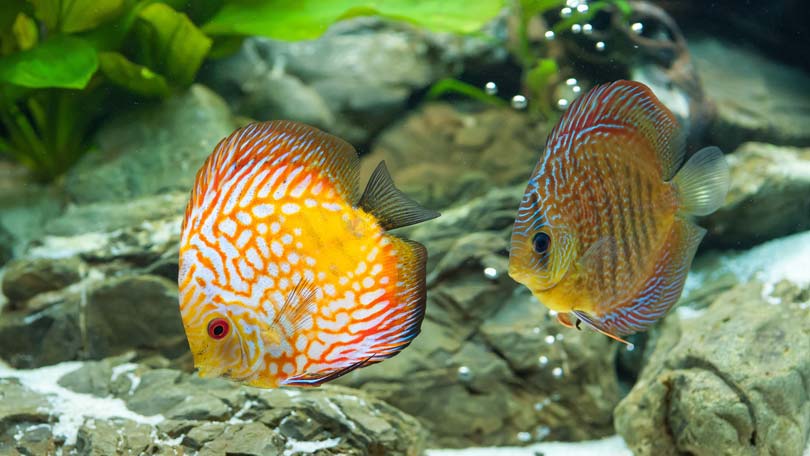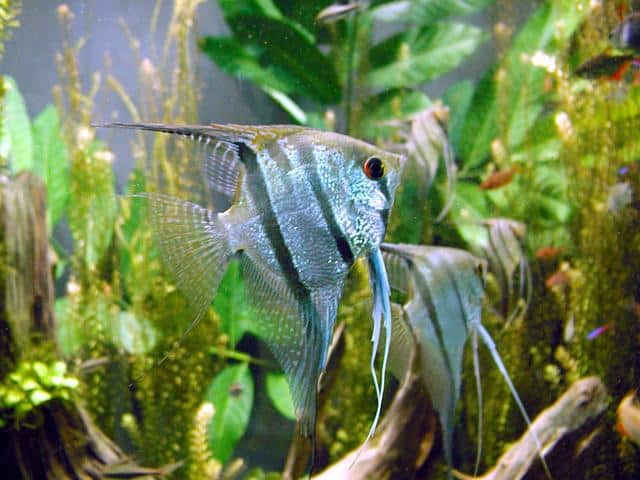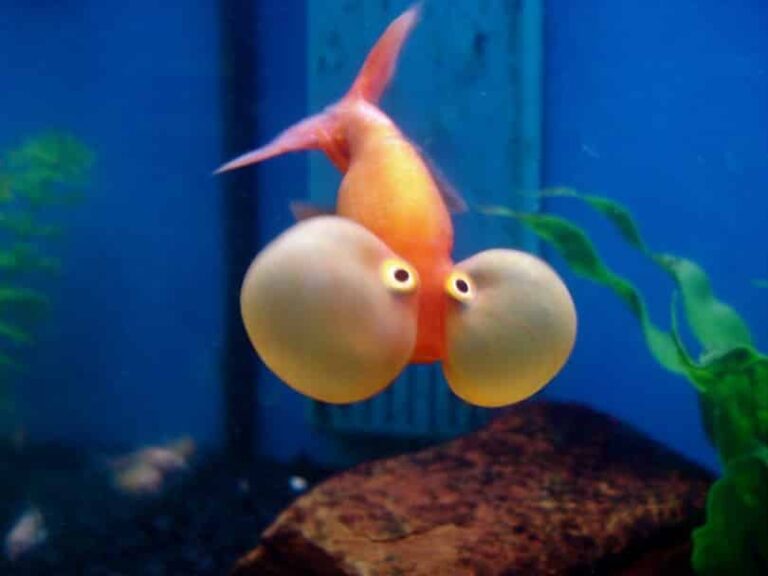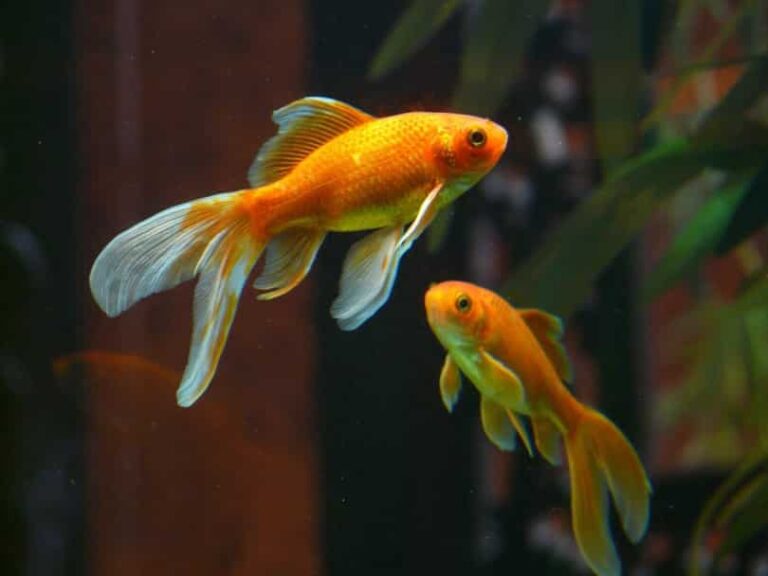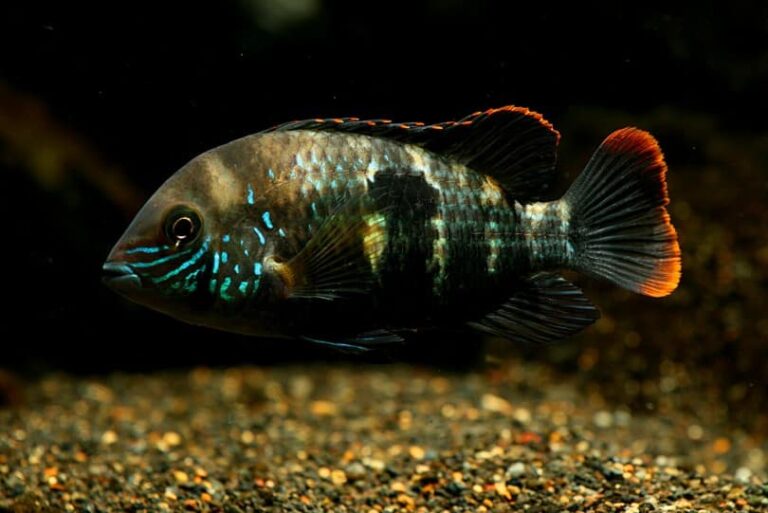Buying an Aquarium
When buying an aquarium, your primary consideration should be size. The first thing you need to determine is how many fish you plan to keep, and what kind of fish. The size of the aquarium you’ll need depends on the fish that will be living in it. Contrary to popular belief, fish do not grow to the size of their aquarium. If you keep fish in a tank that is too small for the species, they will not stay small. As they grow, they will need a bigger tank. It is much easier to buy the tank size you need the first time around, rather than upgrading as the fish grows to be its adult size. Always plan for a tank that can accommodate your fish not only at their present size but also at their full-grown size.
A general rule of thumb is that fish with an adult size of less than 4 inches, such as tetras, guppies, and danios, will require one gallon of water for every inch of fish. This rule does not apply to larger fish. If you plan to add larger fish to the tank, research their water requirements because they can vary greatly between species. For example, a large cichlid may require a 55-gallon tank. An angel fish needs to be kept in at least a 29-gallon aquarium.
Aquariums are available in standard sizes ranging from 2 1/2 gallons to several hundred gallons. Common tank sizes, measured in gallons, include: 2 1/2, 5, 10, 20, 29, 30, 40, 55, 75, 90, 125, 150, and 180, although there are certainly others, particularly in the larger tank sizes. If this is your first aquarium, consider starting with a smaller tank, because the maintenance they require is much lower. Your budget or the available space in your home may also limit you to a smaller tank. The tank full of water can be very heavy, so be sure that the floor of your home is able to support such a heavy weight before choosing one of the largest tank sizes.
Buy a large fish aquarium tank here.
Aquariums come in many shapes, too. They may be standard rectangular, or hexagon shaped, bow front, corner tanks, or several other shapes. Some are shorter, with a wide surface area, while others are tall and narrow. Your choice in shapes depends, at least in part, on the capacity of the tank. If you plan to have several larger fish in the tank, avoid tanks that are narrow and tall. Even though they may have enough water for the fish, the larger fish will not be able to swim freely around the tank. For a community of smaller fish, a tall and narrow tank will be just fine. However, maintenance and cleaning may be more difficult if the shape or size of your chosen aquarium make it hard to reach all of the surfaces of the tank.
Aquariums may either be glass or acrylic. Glass tanks are less expensive, and are widely available in aquarium supply stores. They are durable and will not scratch. On the other hand, they are heavy, and are available only in limited shapes due to the difficulty in shaping glass. Some glass tanks are designed only for reptile use; they will not use enough silicone sealant to hold water. Choose a tank that is meant to be used as an aquarium.
Acrylic aquariums are comparatively lightweight. Many are seamless, unlike glass aquariums, so there is no worry about cracking or leaking over time. This seamless style can also be more aesthetically pleasing. The acrylic can be formed into a wide range of custom shapes and sizes. However, acrylic tanks are usually more expensive than glass ones, and can be easily scratched.
Note that an aquarium full of water, with several inches of gravel or sand on the bottom of the tank, will weigh approximately 10 pounds for every gallon of water. This can really add up; most tanks weight several hundred pounds when they are full. Because of this, make sure that you get a sturdy stand that can handle the weight. Many different styles of stands are available at aquarium supply stores. Do not simply place your tank on a flimsy bookcase or table that happens to have a large enough top on which to place the tank. If you try this, it may collapse. Aquarium stands may be metal frames, or they may be designed as cabinets; these can be handy for keeping all of your aquarium supplies near the tank.
So that your new aquarium can match the rest of your decor, different trim colors are available. Black and oak trim are the standard choices. Higher-end display aquariums come in different shades of wood, such as maple and oak, as well as black, stainless steel, and other choices.
Besides the aquarium and stand, you’ll need a hood, or lid, for the tank. Plastic or glass tops are both available. Purchase this at the same time as you purchase your tank; ideally, they should come as a set. Depending on the size and shape of the tank you have chosen, it can be very difficult to find a matching hood later. Purchasing it with the tank will ensure that it is a perfect fit. Do not choose a screen lid; these are meant for reptile tanks, and are not suitable for aquarium use. If you purchase a used tank that has previously been used for reptiles, the heat lamps may have damaged the silicone seals, making the tank more likely to leak when filled with water.
When you first purchase an aquarium, fill it with water in a bathtub or in your backyard. Add your heater, filter, and other equipment. Then, wait at least overnight before adding fish. This will ensure that the tank does not leak.
Some tanks come with a complete start-up set with a filter, lighting, heater, and stand, too. This pre-packaged set is often cost-effective, and is an especially good choice for your first aquarium. On the other hand, especially if you are experienced, you may want to assemble your aquarium setup from scratch so that you can have more control over the individual components.

Having discovered a fondness for insects while pursuing her degree in Biology, Randi Jones was quite bugged to know that people usually dismissed these little creatures as “creepy-crawlies”.

